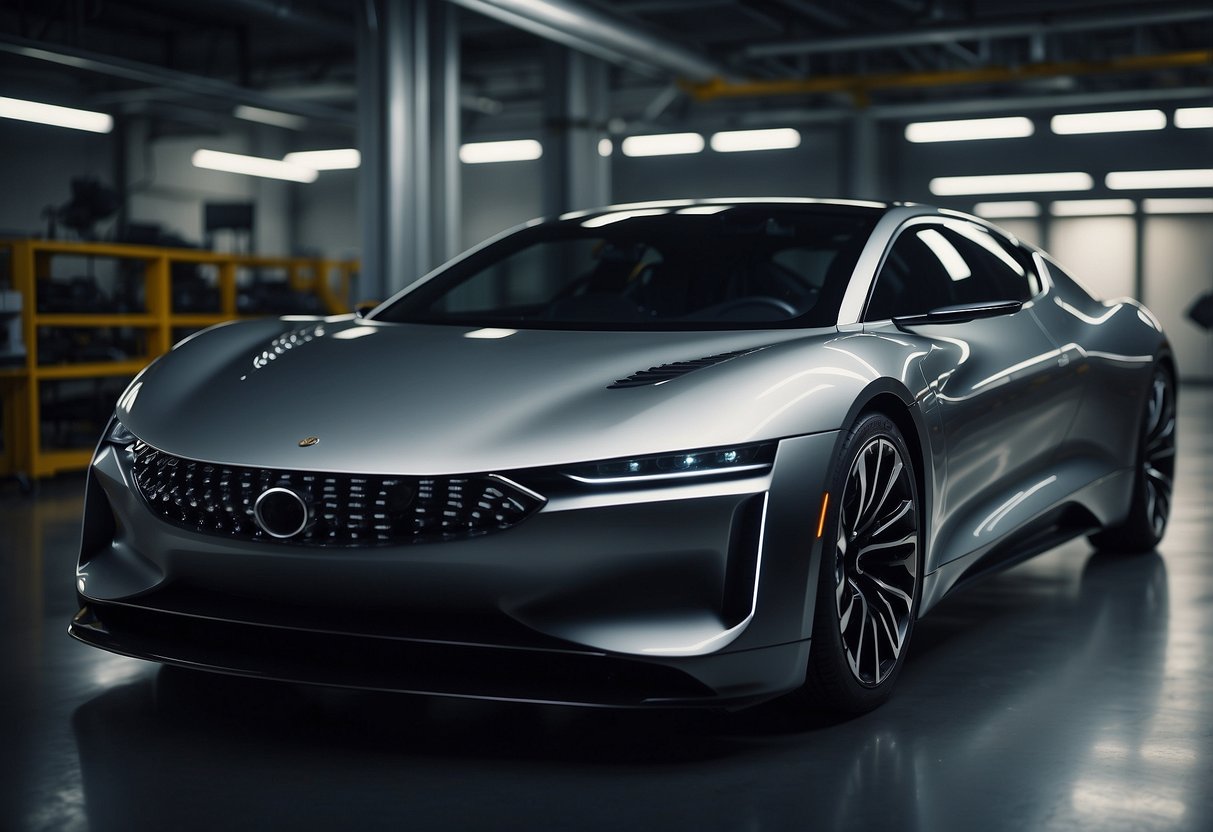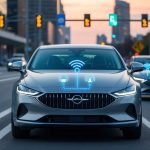
Future Trends in Car Design
Future car designs will increasingly rely on advanced technologies to predict and adjust to driving conditions, and market shifts will influence manufacturers’ decisions.
Predictive Models
Predictive models will play an essential role in the future of car design. Advanced algorithms and AI will enable vehicles to anticipate road conditions, weather changes, and traffic patterns. By analyzing real-time data, cars will adjust their settings to enhance performance, safety, and fuel efficiency. This technology will not only improve driving experiences but also reduce wear and tear on the vehicle, leading to longer lifespans and fewer maintenance needs.
Moreover, predictive models will facilitate better integration with smart city infrastructures. Cars will communicate with traffic signals, parking systems, and other vehicles to optimize routes and reduce congestion. This kind of connectivity will be vital in urban areas where traffic management and pollution control are critical.
Long-term Market Projections
Long-term market projections indicate significant shifts in consumer preferences and regulatory requirements, directly impacting car design. There will be a growing demand for electric vehicles (EVs), driven by stricter emission regulations and increasing environmental awareness. Manufacturers will focus on developing EVs with extended ranges, faster charging times, and lower costs to meet this demand.
Additionally, advancements in battery technology and renewable energy sources will become pivotal. As consumers look for sustainable options, car design will prioritize materials that are recyclable or have a lower environmental footprint. Manufacturers will also explore modular designs that allow for easier updates and customizations, catering to diverse market needs.
Autonomous driving technology will keep progressing, influencing how cars are designed and used. The interior of vehicles might evolve to support more comfort and productivity, reflecting changes in how people spend time while traveling.
Challenges and Opportunities
New emission regulations are reshaping car design by posing technological challenges but also presenting significant opportunities through incentives and subsidies.
Technological Barriers
Achieving compliance with new emission standards often requires substantial technological innovation. Engineers are tasked with developing advanced powertrains, integrated electric components, and efficient energy storage solutions. These innovations can increase vehicle costs and complexity, presenting hurdles for manufacturers.
Reduction in weight and aerodynamic optimization are critical for meeting emission goals. Lightweight materials like carbon fiber and aluminum alloys, although effective, tend to be expensive. Integration of these materials without compromising safety and performance is a delicate balancing act.
Battery efficiency and lifespan in electric vehicles (EVs) pose further challenges. Research and development in solid-state batteries and fast-charging technologies are crucial. Manufacturers must invest heavily in R&D to overcome these barriers, often requiring collaboration across the industry.
Incentives and Subsidies
Governments worldwide offer various incentives to promote compliance with emission regulations. These include tax breaks, grants, and subsidies for both consumers and manufacturers. Such incentives can significantly reduce production costs and retail prices, making eco-friendly cars more accessible.
Financial incentives for research and development further encourage innovation. Grants and funding support projects focused on emission reduction technologies, aiding manufacturers in overcoming technological barriers. This financial backing is particularly vital for smaller companies lacking extensive R&D budgets.
Regulatory incentives also include extended credits for producing zero-emission vehicles and hybrids. These credits can be traded or banked, providing additional financial benefits. Moreover, investments in public charging infrastructure and hydrogen refueling stations enhance the feasibility of adopting new technologies.



